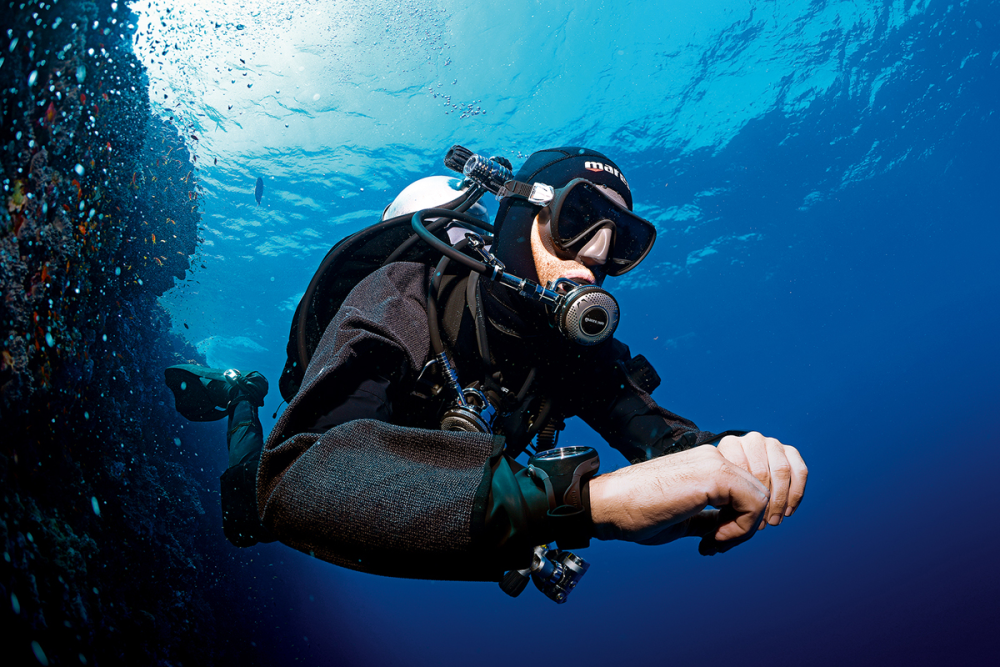This question arose a lot of times here on SB and there is no unique answer, as different agencies and organisations set the limits at different positions.Maybe it's just me but I wouldn't call anything involving Deco a recreational dive but then again I guess it begs the question: what is the difference between a technical and recreational dive?
Generally speaking here in Europe no profit organisations (such as Cmas, Bsac, Fipsas, etc.) tend to set the limit much higher than US based commercial for-profit agencies (Padi, Naui, etc.).
This is due to the fact that these organisations operate in a club-based environment, not for profit, and hence a typical diving course here can last 2-3 months and involve something as 20 hours in the pool and at least 3-4 weekends in the sea.
Even at first course the basics of deco procedures are taught, and already at the second level of training some small deco diving is employed. The idea is that a dive planned and executed beyond NDL is actually safer than a dive "just within" the NDL.
Planning and executing a deco dives requires a better equipment (here we typically use two complete regs with two independent valves even on a single tank, and compact twin tanks are also used for recreational diving) and more skilled divers, so in the end is safer.
A dive planned to be within NDL can easily switch to a full deco dive everytime the plan is exceeded, but at that point the diver is not prepared, equipped and trained for performing correctly the required deco stops. So planning for the worst is safer...






